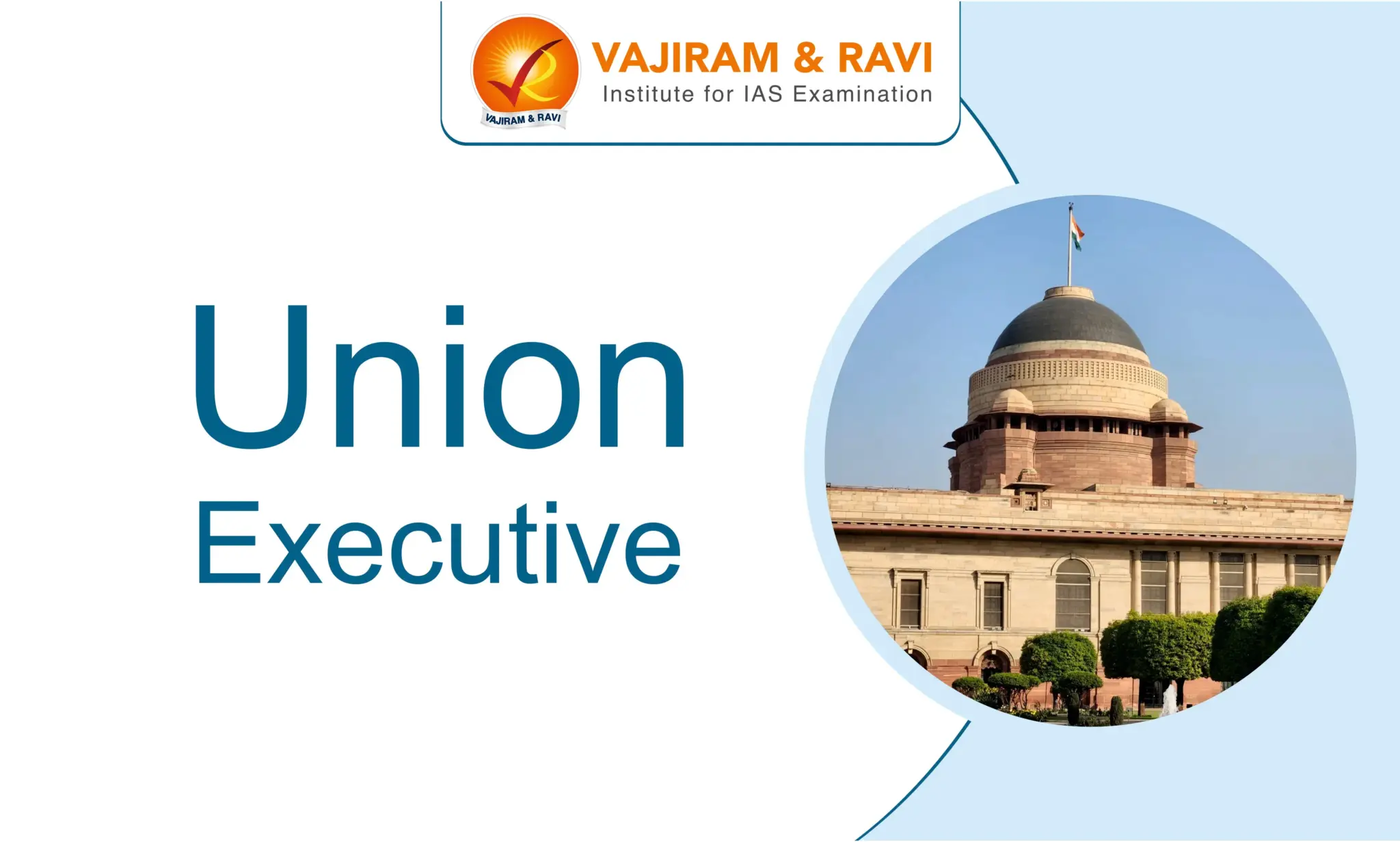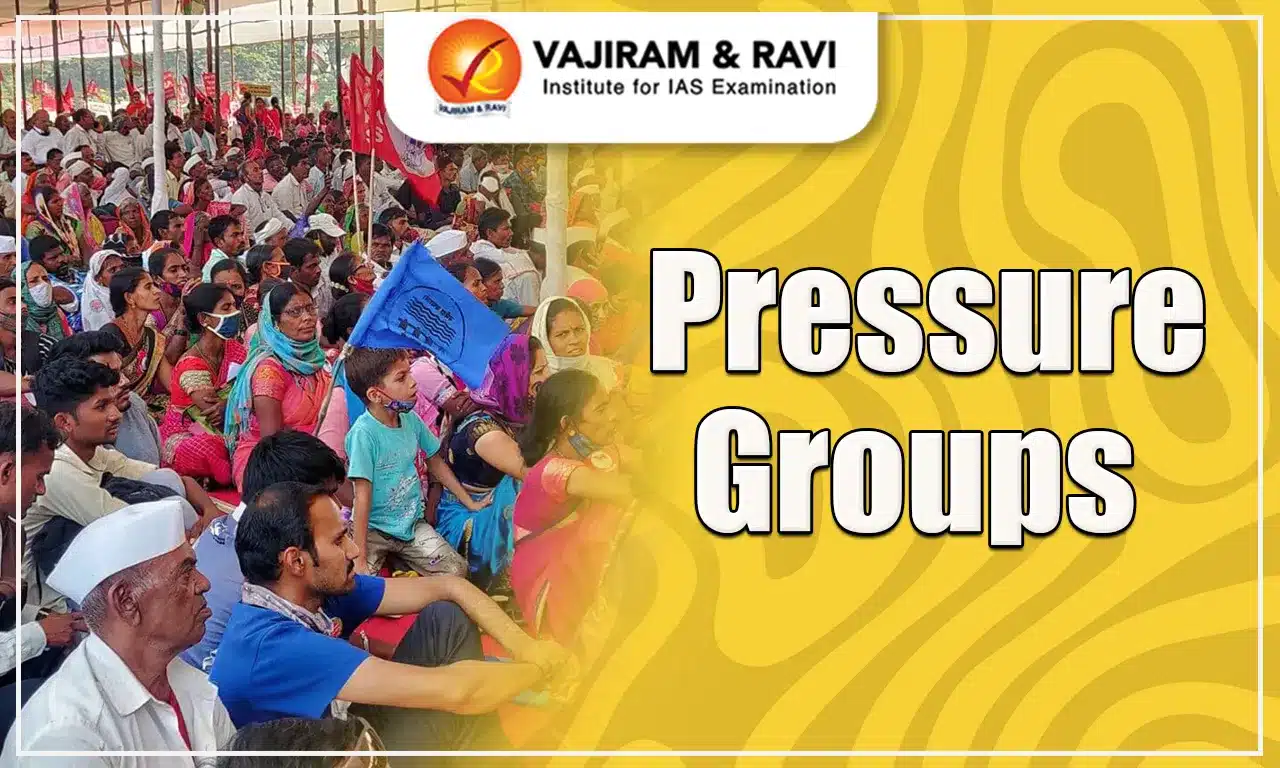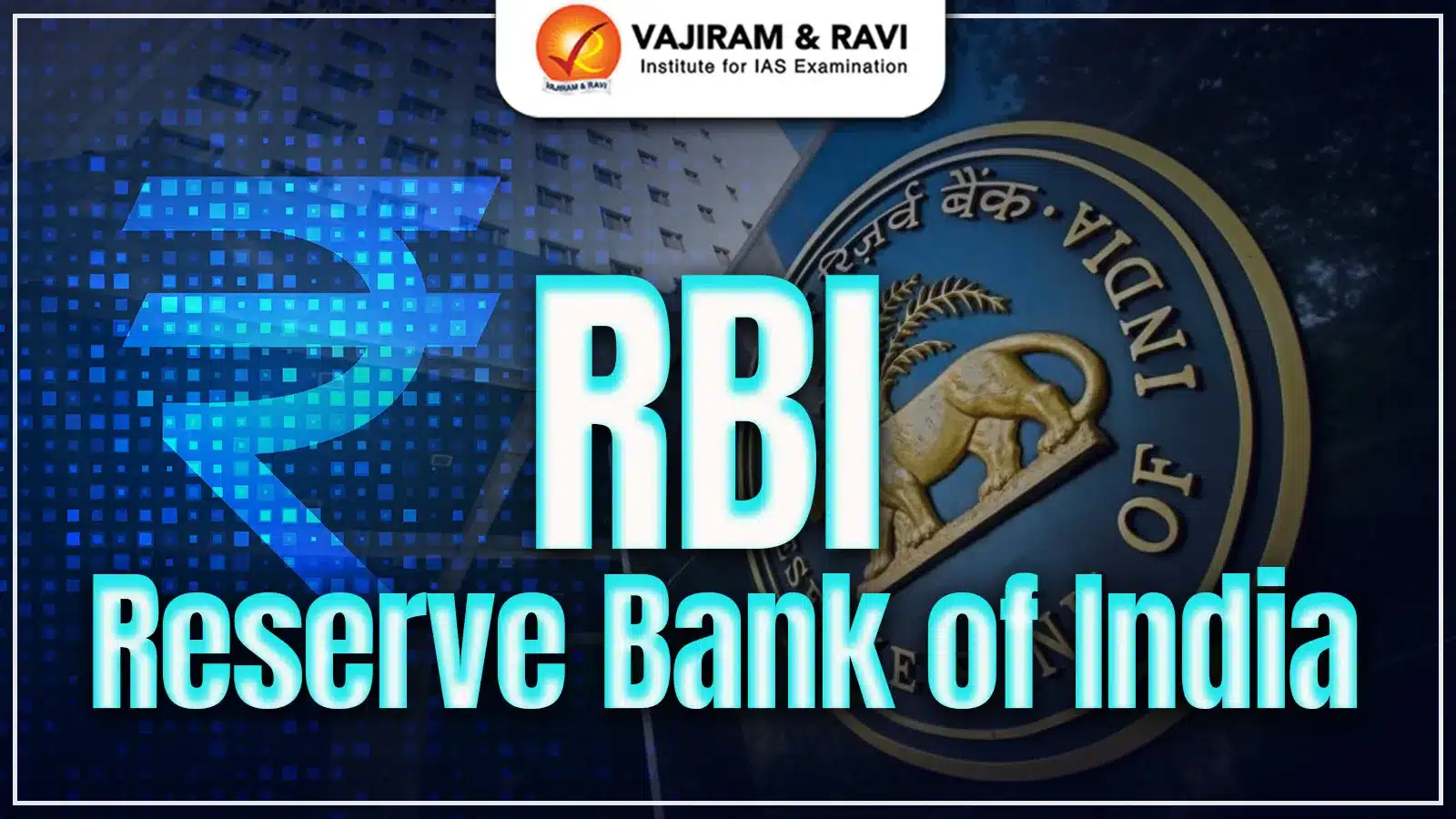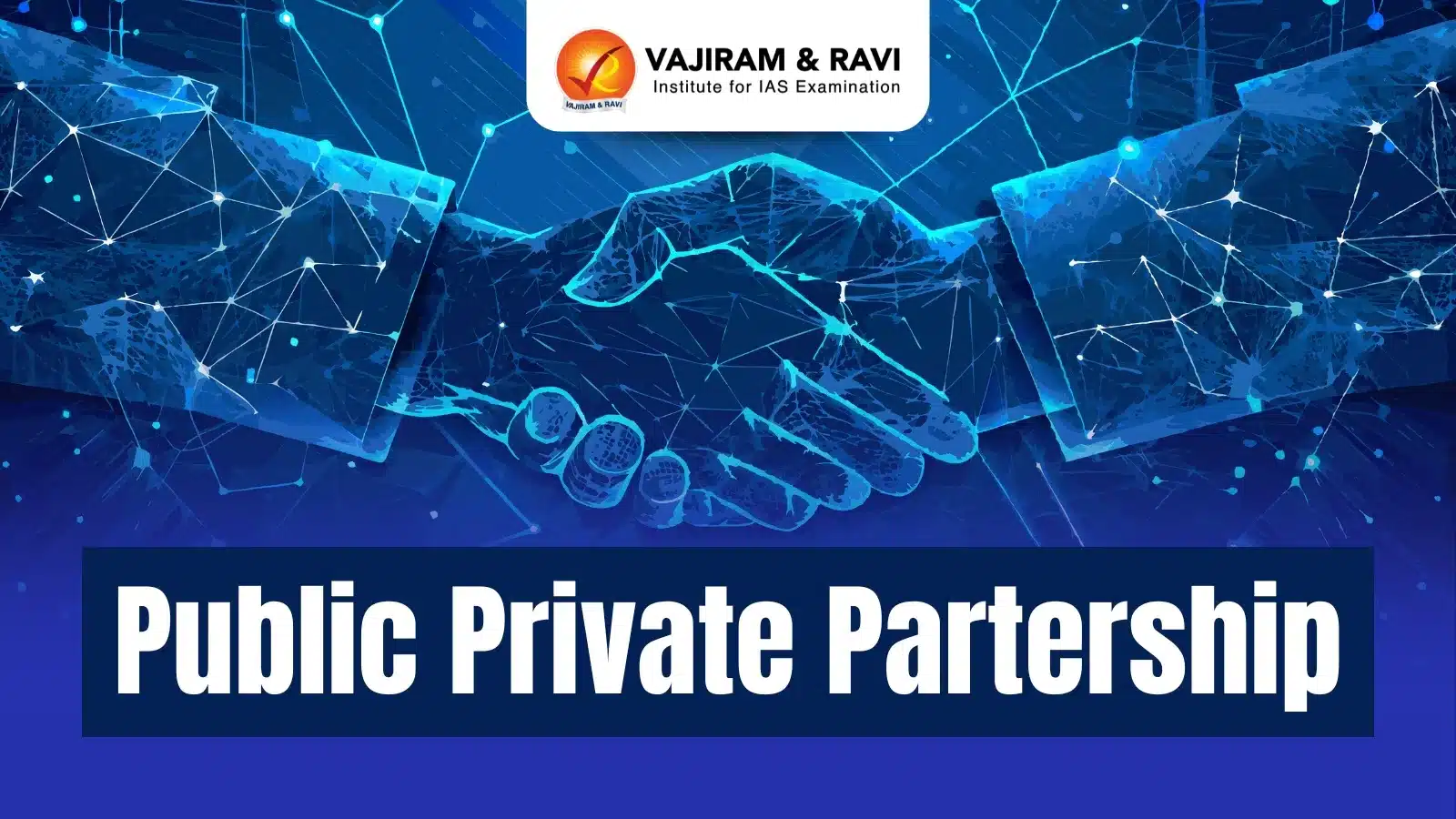The Union executive is composed of the President, the Vice President, the Prime Minister, the Council of Ministers, and the Attorney General of India. Part V of the Indian Constitution contains Articles 52-78, which deal with the Union executive. India has adopted a parliamentary system of Government, which provides for a nominal and real executive. The President is the constitutional and de jure head of the Union's executive. The Prime Minister heads a Council of Ministers, which has real executive power. This parliamentary form of the government is enshrined in Article 74 of the Constitution, which provides that there must be a Council of Ministers led by the Prime Minister to assist and advise the President.
Types of Executive
The executive is one of the three organs of the government, the other being the Legislature and Judiciary. The executive branch of government is in charge of implementing lawsand policies adopted by the legislature and engages in policymaking. The official designations of the executive vary from country to country, depending on the type of System of Government.
- Parliamentary System: In this system, the prime minister is the de facto head of government. Most parliamentary systems have a president or a monarch who is the nominal Head of state. In such a system, the role of the president or monarch is primarily ceremonial, and the prime minister along with the cabinet wields effective power.
- The parliamentary system promotes cooperation and coordination between the legislative and executive branches.
- In this system, the cabinet is collectively responsible before the legislature, allowing for scrutiny and questioning of their activities through various constitutional means.
- Example: Countries with such a system include Germany, Italy, India, Japan, the United Kingdom, etc.
- Presidential system: In this system, the president is the Head of state, as well as the head of government, and the office of the president is very powerful, both in theory and practice.
- It is based on the principle of separation of powers between the executive and legislative. Under this system, the executive is independent from the control of the Legislature.
- Example: Countries with such a system include the United States, Brazil, and most nations in Latin America.
- Semi-Presidential system: It is distinguished by a dual executive approach, with the constitution designating both a democratically elected president and a prime minister and cabinet responsible to parliament.
- The prime minister is responsible to the legislature (by a vote of no confidence), and the legislature has the authority to remove the government. Additionally, there is a popularly elected head of state (president) whom the legislature cannot remove through a censure motion.
- The system allows for the president and prime minister to be part of the same party or two different parties, potentially leading to opposition.
- Example: Countries with such a system include France, Russia, Sri Lanka, etc.
Composition of Union Executive of India
The Union Executive under the Indian Constitution is composed of the President, the Vice-President, the Council of Ministers, and the Prime Minister as the head to aid, assist, and advise the President. The executive branch also extends to the administrative machinery (civil servants).
- President: As per Article 53 of the Indian Constitution, the executive power of the Indian Union is vested in the President of India and is exercisable by him either directly or through his subordinate officers.
- In addition, Article 77 indicates that all executive actions of the government are expected to be taken in the name of the President.
- Vice-President: The Vice President holds the country's second highest office.
- In normal circumstances, the Vice-President is the Rajya Sabha's ex-officio Chairman.
- However, he/she serves as President when the latter is unable to do so due to absence, illness, or any other reason, or until a new President is elected.
- Prime Minister and Council of Ministers: The Prime Minister is the real executive authority (de facto executive) and head of the government.
- Article 74 provides for a Council of Ministers to aid and advise the President in the exercise of his powers. In this way, all the powers of the President are enjoyed by the Council of Ministers headed by a Prime Minister.
- The Council of Ministers is collectively accountable to the House of the People.
- The Prime Minister, being the head of the Council of Ministers, enjoys all these powers in actual practice. S/he has multiple roles as the administrative head, the political chief executive, and the leader of the Lok Sabha.
- Attorney General of India: The Constitution (Article 76) has provided for the office of the Attorney General for India.
- S/He is the highest law officer in the country, appointed by the president.
- S/He serves as principal legal advisor to the government of India, advising the union government on all legal matters.
- Political and Permanent Executive: The heads of government and their ministers, with the overall responsibility of government policy, are together known as the political executive, and those responsible for day-to-day administration are called the permanent executive (bureaucracy).
- There is the permanent administration comprising the civil services huge staff of administrators, experts, technocrats, and others forming an administrative apparatus that helps the Ministers in the formulation and implementation of policies.
- The bureaucracy is an instrument through which the welfare policies of the government must reach the people.
Role of Executive in Parliamentary Democracy
The Executive ( the political executive) remains responsible and accountable to the Parliament. Parliament exercises political and financial control over the Executive and ensures administrative oversight over the executive.
- Subset of Parliament: In the parliamentary system the de facto head of the executive (Prime Minister) is not directly elected by the people, but he is the leader of the majority party in the Parliament. S/He chooses his own Cabinet which again, should be out of the Parliament only.
- Thus, in parliament democracy, the executive is a subset of the Legislature.
- The legislature is responsible for making the laws and the executive is responsible for enforcing the laws.
- In this case, the separation of power between the executive and legislature is not followed in a strict sense.
- Collective and Individual Responsibilities: The Executive is collectively responsible to the Parliament. It means that the term and tenure of the executive depends on the pleasure of the Lower House of Parliament.
- The House can introduce a no-confidence motion regarding the removal of the executive (government).
- The ministers, however, are individually responsible to the President and, ultimately, to the Council of Ministers.
- Administrative role: The executive's primary responsibility is to maintain internal peace and order, while also ensuring the country's safety from external aggression, encompassing all activities related to the state's well-being.
- The executive is also responsible for day-to-day administration.
- Financial role: The Executive has the authority to formulate the Budget, which is required to be presented annually to Parliament.
- The Executive has the freedom to determine expenditure levels, acquire funds for various purposes, and raise revenue to meet expenditures, leaving the entire financial initiative to the Government.
- Role of Parliament: Without the authority of Parliament, the executive, acting through its ministers, cannot raise funds through taxing, borrowing, or any other means. Money bills must originate and pass in the Lok Sabha, which has the exclusive authority to grant money in the form of taxes or loans and to sanction expenditure.
- Policy initiatives: The political executive, or the Council of Ministers, introduces bills in the house through its party members.
- The cabinet, the highest order of political executives, initiates and decides public policy concerning almost every sphere of government's activity.
- Further, delegated legislative functions are performed by the political and permanent executive. These are very important for policy making.
- Judicial role: The judicial functions are performed by the President of India with the aid and advice of his/her Council of Ministers.
- It includes the appointment of the judges of the Supreme Court and High Courts, and the power to grant pardon, reprieve, suspension, remission, or commutation of punishment or sentence of a court.
- Military Functions: The President of India with the Council of Ministers in aid and advice, is also vested with military powers.
Union Executive UPSC PYQs
Question 1: The main advantage of the parliamentary form of government is that (UPSC Prelims 2017)
- the executive and legislature work independently.
- it provides continuity of policy and is more efficient.
- the executive remains responsible to the legislature.
- the head of the government cannot be changed without election.
Answer: (c)
Question 2: Consider the following statements: (UPSC Prelims 2015)
- The Executive Power of the Union of India is vested in the Prime Minister.
- The Prime Minister is the ex-officio Chairman of the Civil Services Board.
Which of the statements given above is/are correct?
- 1 only
- 2 only
- Both 1 and 2
- Neither 1 nor 2
Answer: (d)
Question 3: Consider the following statements: (UPSC Prelims 2014)
- The President shall make rules for the more convenient transaction of the business of the Government of India, and for the allocation among Ministers of the said business.
- All executive actions of the Government of India shall be expressed to be taken in the name of the Prime Minister.
Which of the statements given above is/are correct?
- 1 only
- 2 only
- Both 1 and 2
- Neither 1 nor 2
Answer: (a)
Last updated on November, 2025
→ Check out the latest UPSC Syllabus 2026 here.
→ Join Vajiram & Ravi’s Interview Guidance Programme for expert help to crack your final UPSC stage.
→ UPSC Mains Result 2025 is now out.
→ UPSC Notification 2026 is scheduled to be released on January 14, 2026.
→ UPSC Calendar 2026 is released on 15th May, 2025.
→ The UPSC Vacancy 2025 were released 1129, out of which 979 were for UPSC CSE and remaining 150 are for UPSC IFoS.
→ UPSC Prelims 2026 will be conducted on 24th May, 2026 & UPSC Mains 2026 will be conducted on 21st August 2026.
→ The UPSC Selection Process is of 3 stages-Prelims, Mains and Interview.
→ UPSC Result 2024 is released with latest UPSC Marksheet 2024. Check Now!
→ UPSC Prelims Result 2025 is out now for the CSE held on 25 May 2025.
→ UPSC Toppers List 2024 is released now. Shakti Dubey is UPSC AIR 1 2024 Topper.
→ UPSC Prelims Question Paper 2025 and Unofficial Prelims Answer Key 2025 are available now.
→ UPSC Mains Question Paper 2025 is out for Essay, GS 1, 2, 3 & GS 4.
→ UPSC Mains Indian Language Question Paper 2025 is now out.
→ UPSC Mains Optional Question Paper 2025 is now out.
→ Also check Best IAS Coaching in Delhi
Union Executive FAQs
Q1. What is a Union executive in India?+
Q2. Who is the head of the union executive?+
Q3. Is the Prime Minister executive or legislative?+
Tags: quest union executive

















